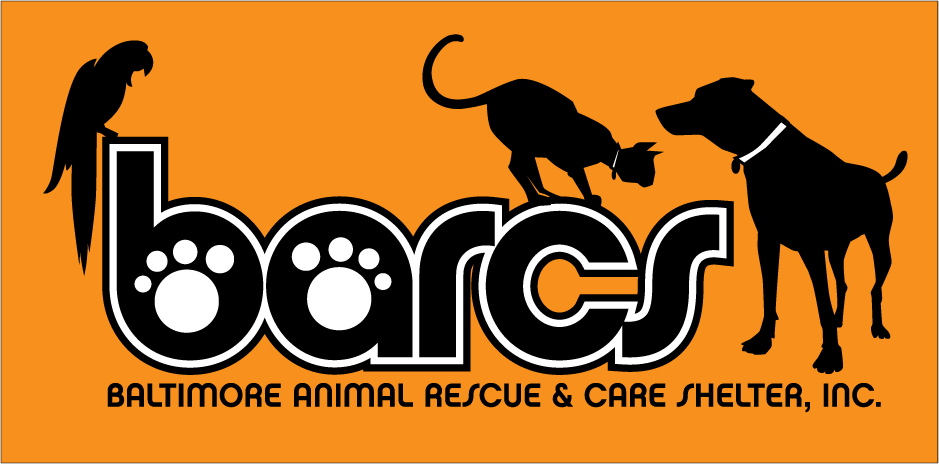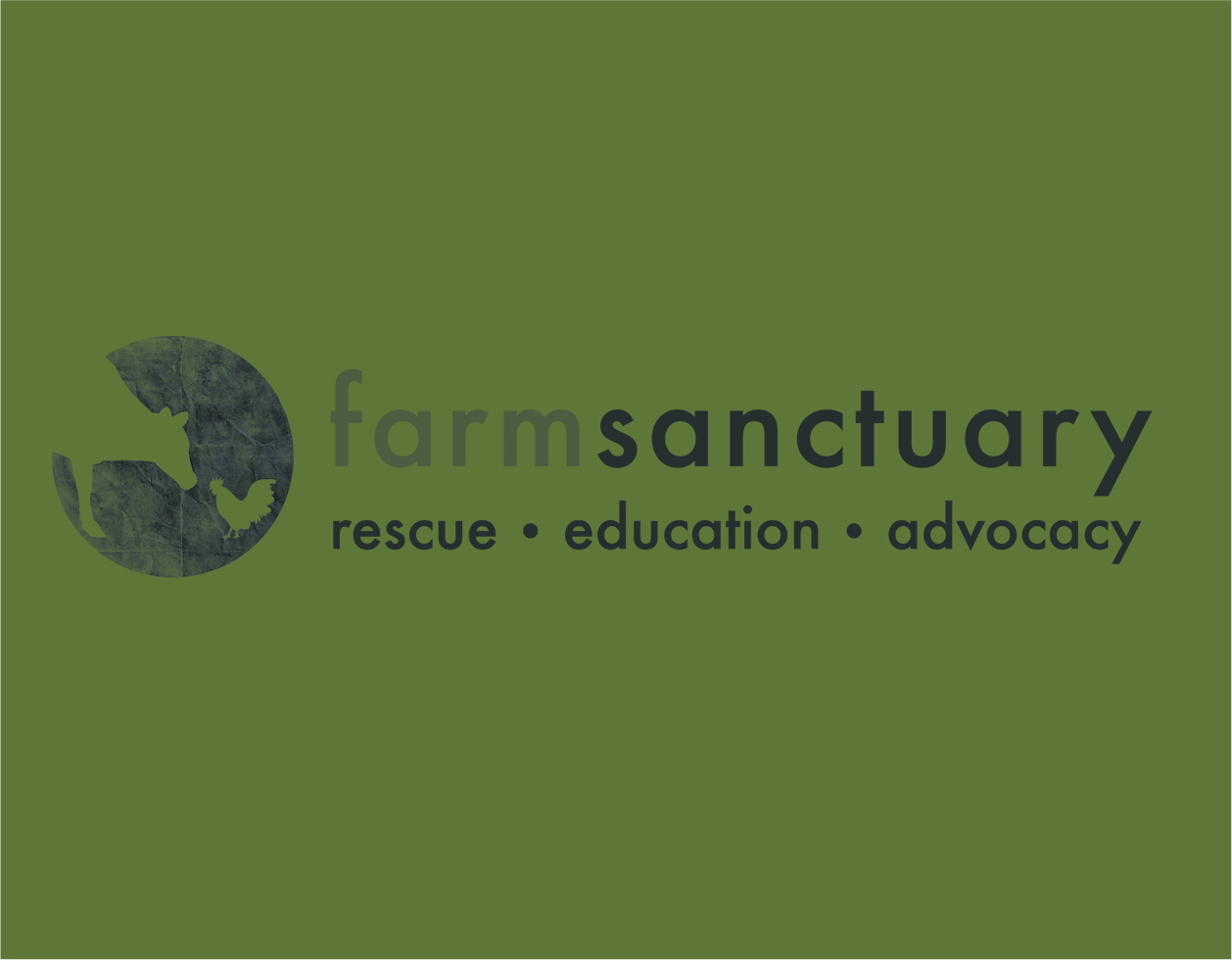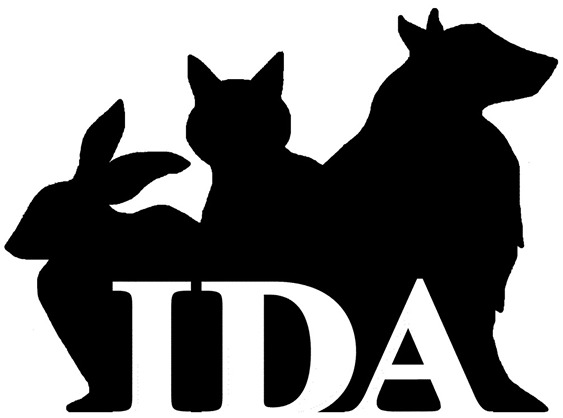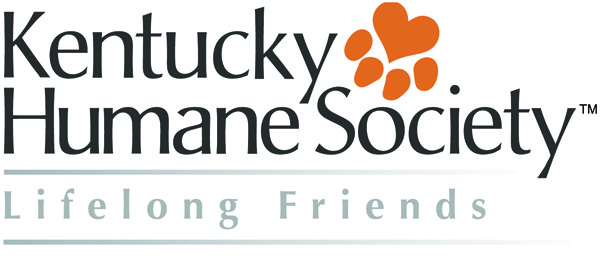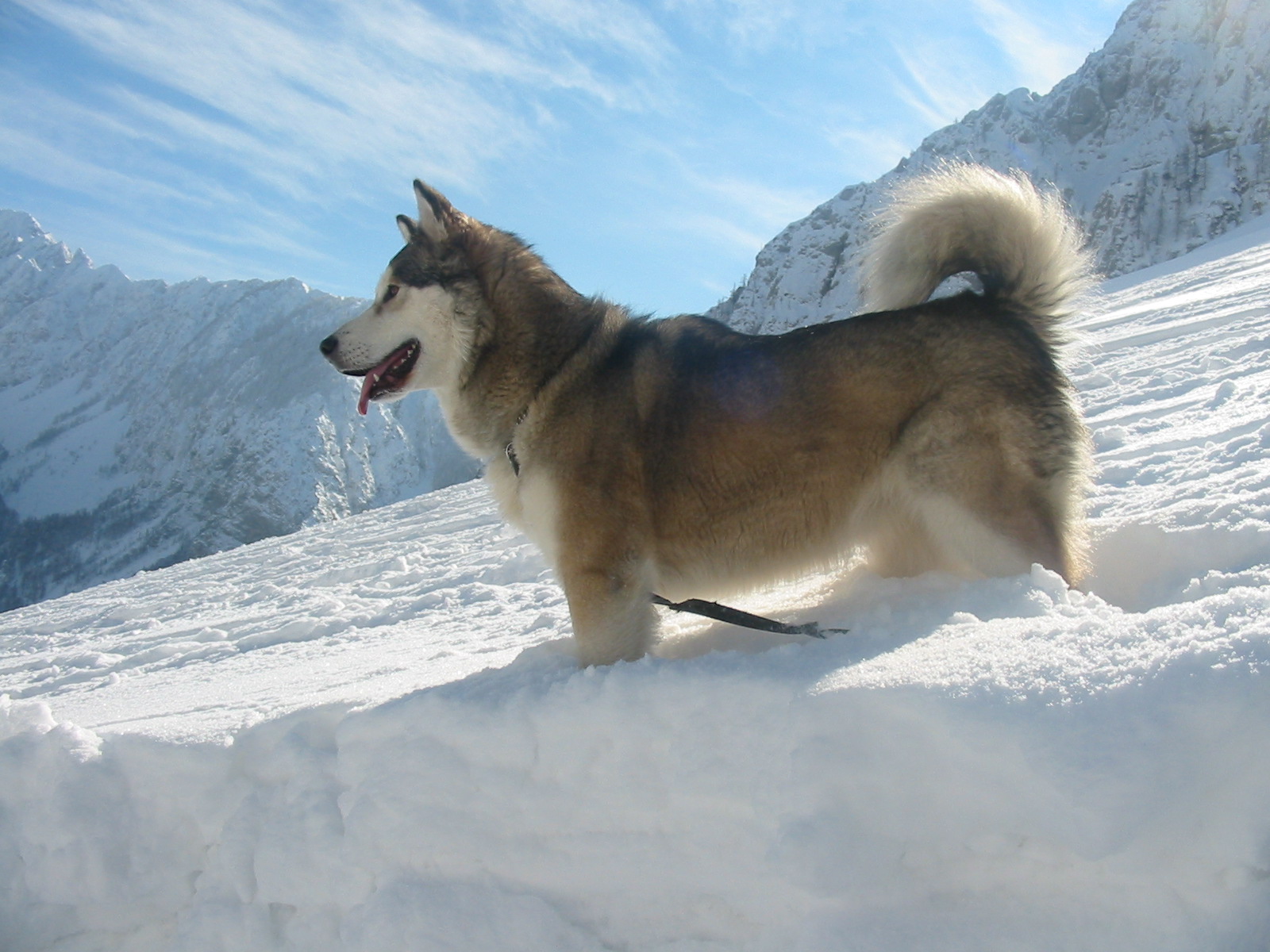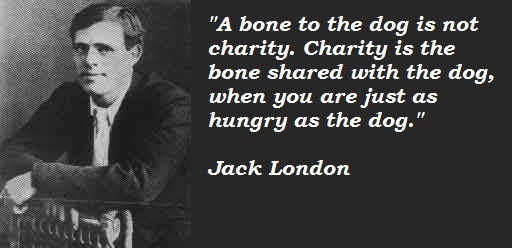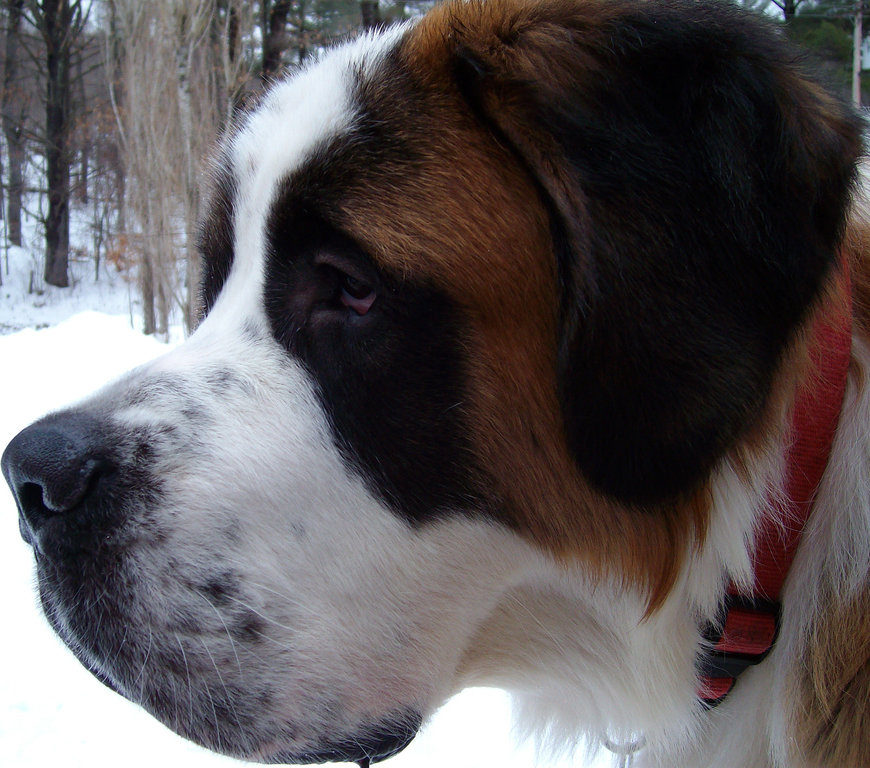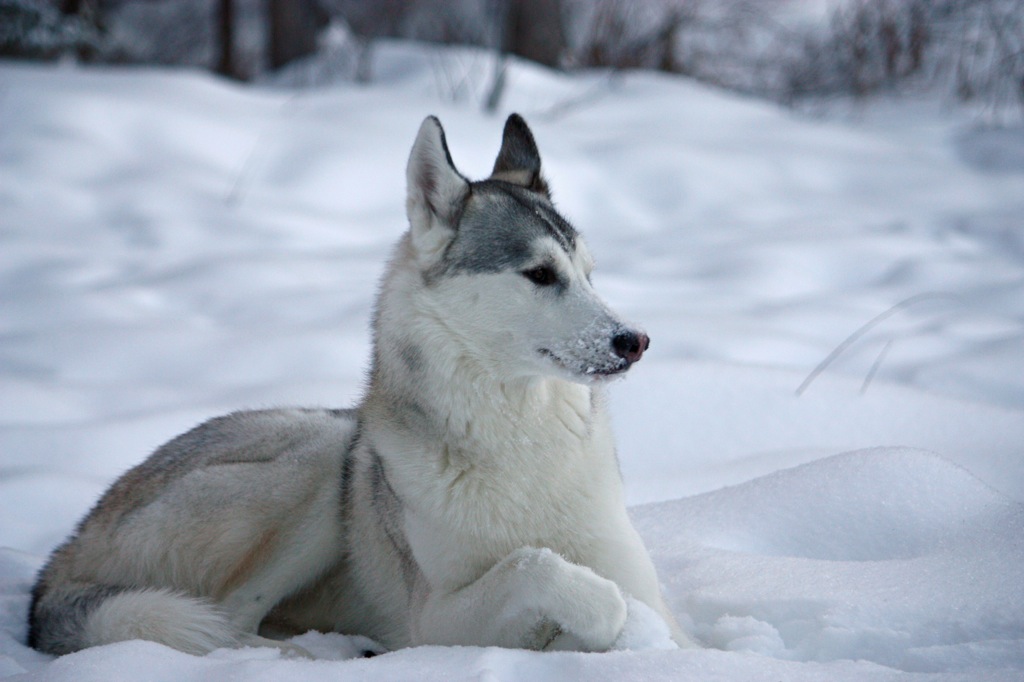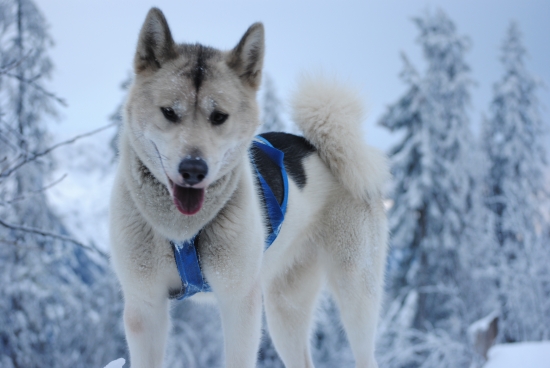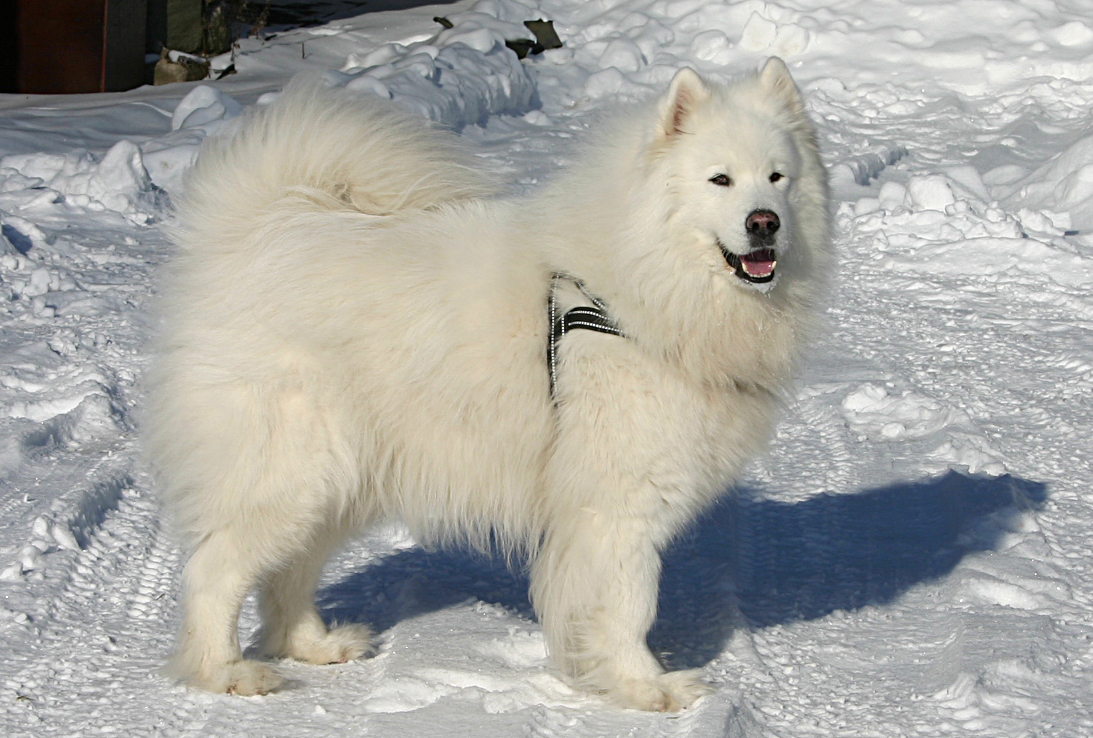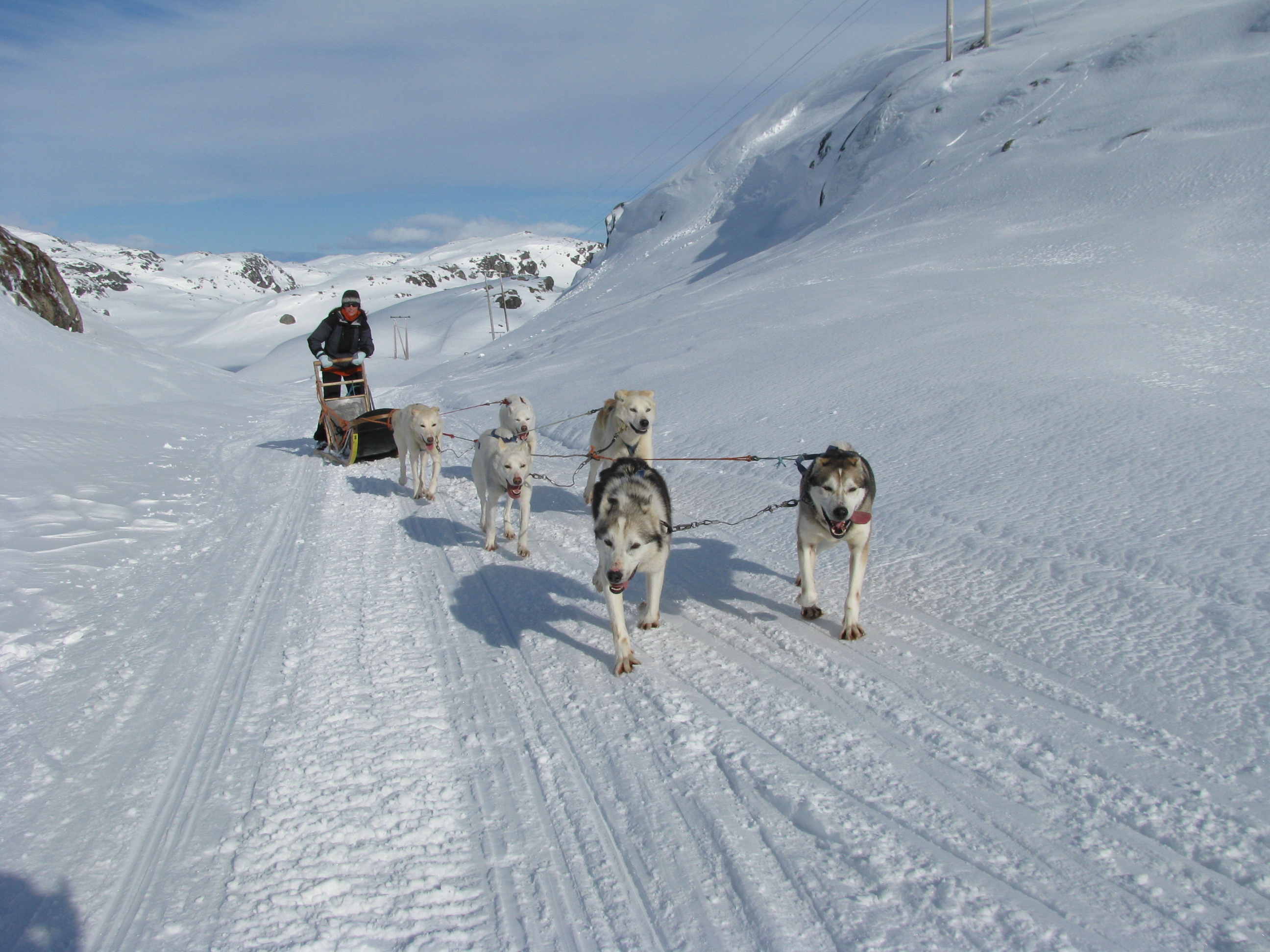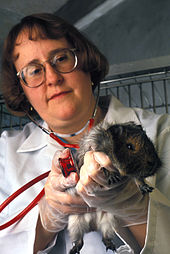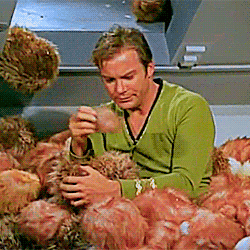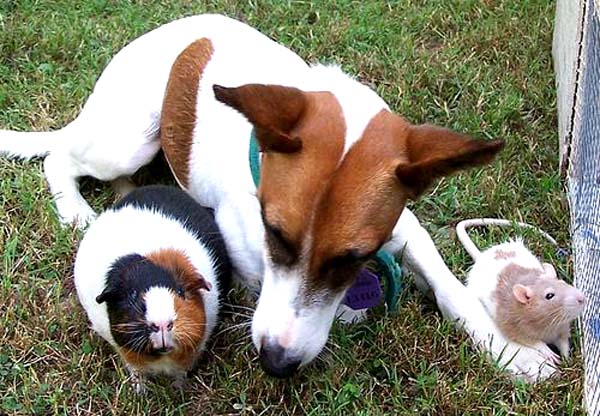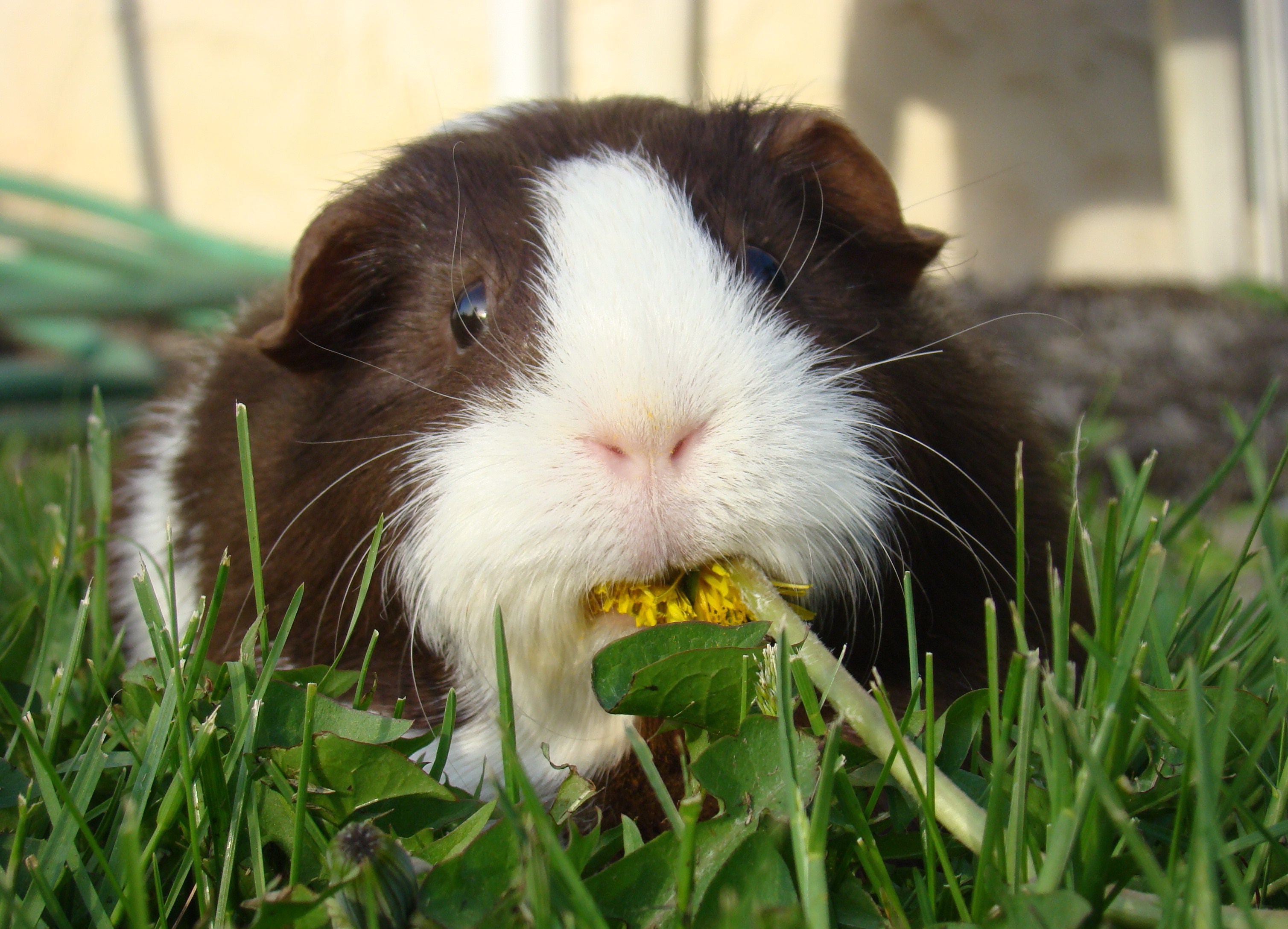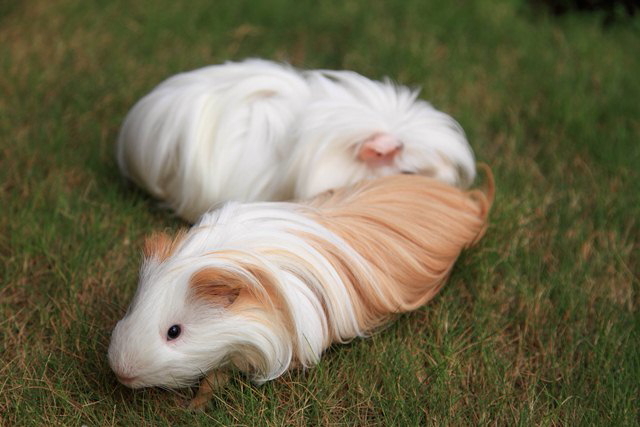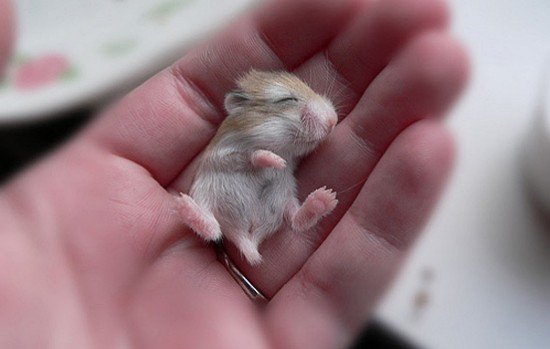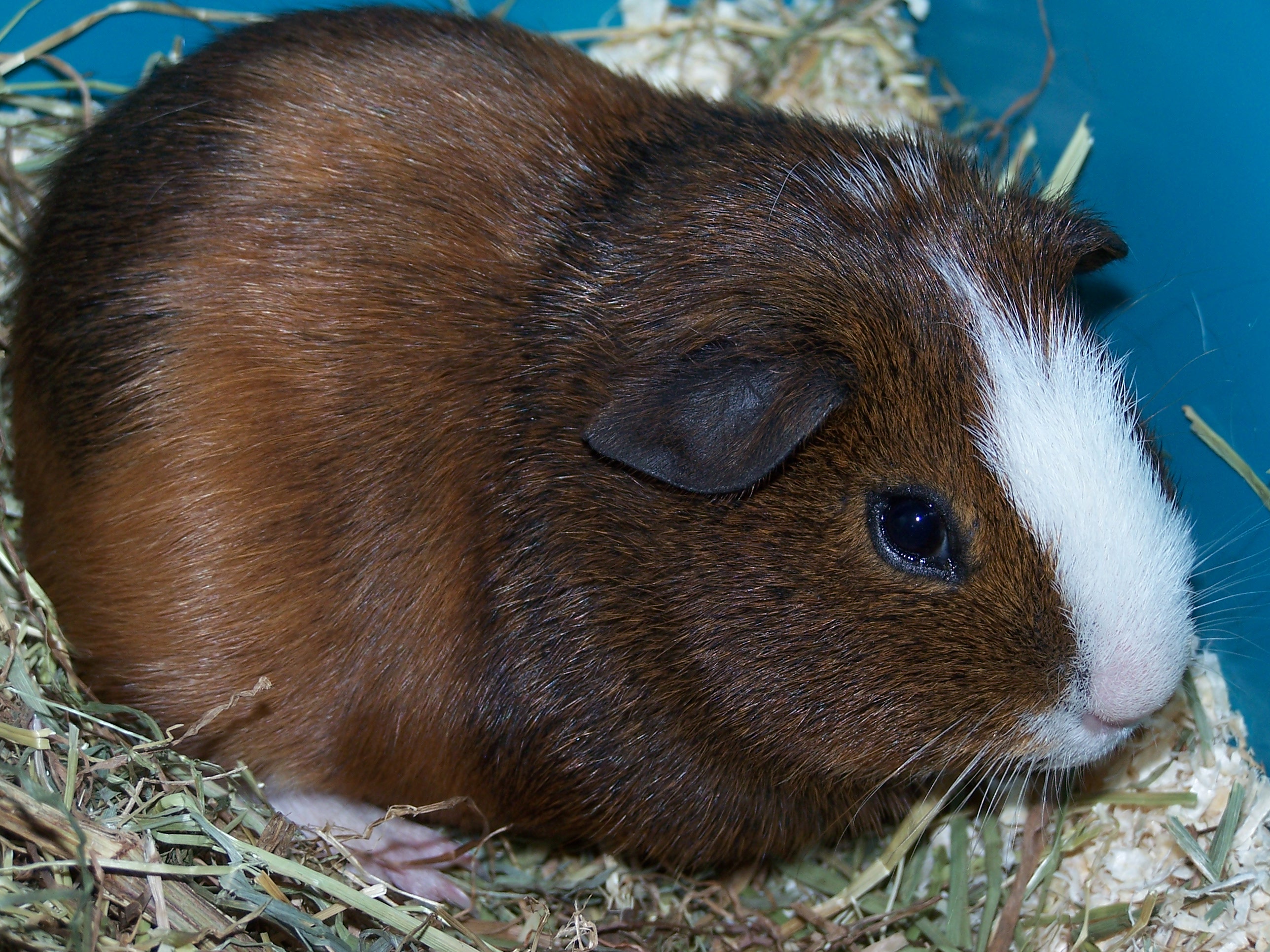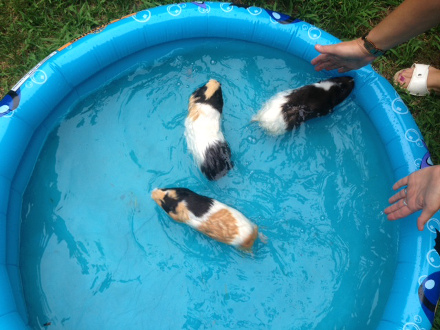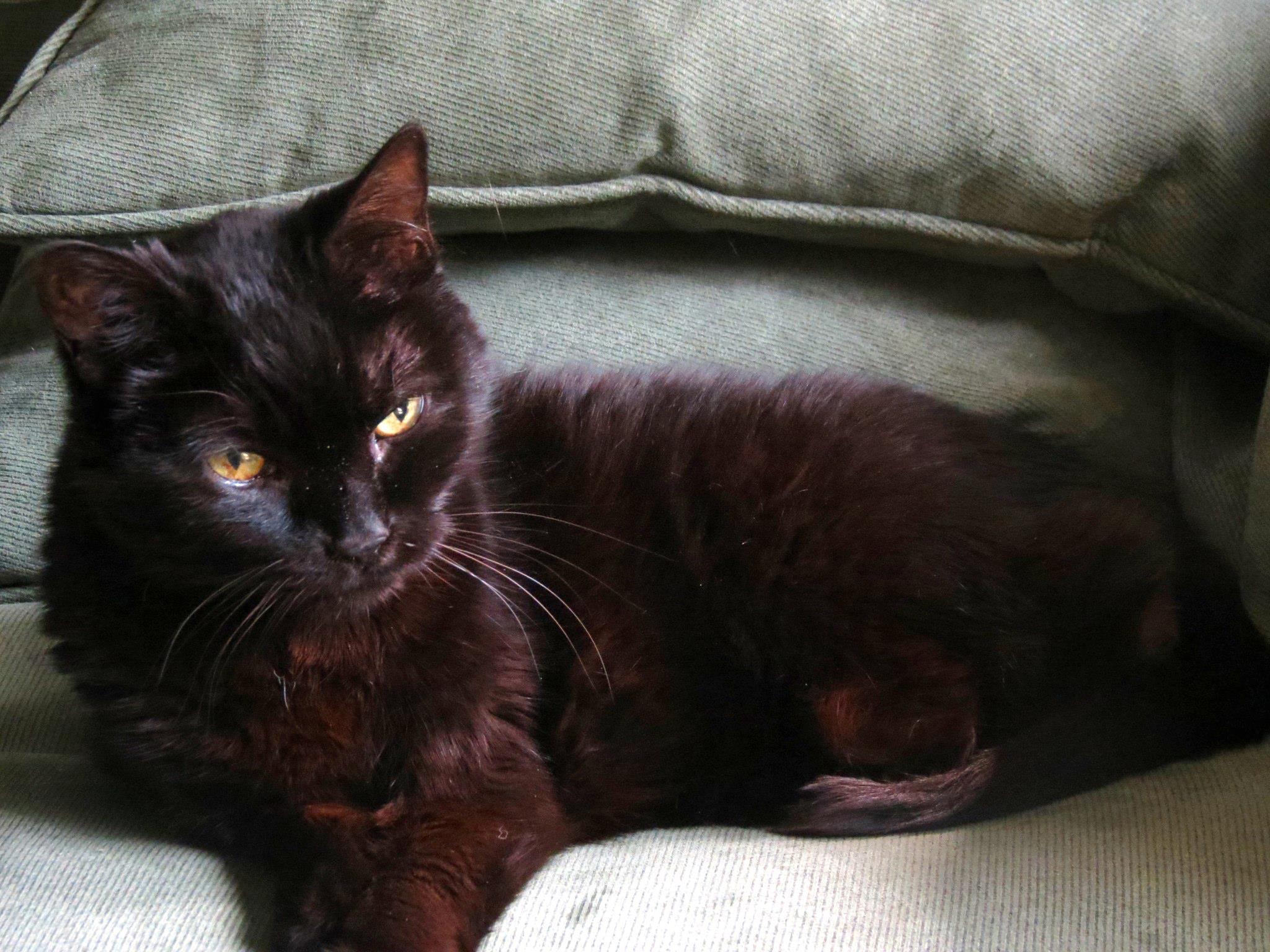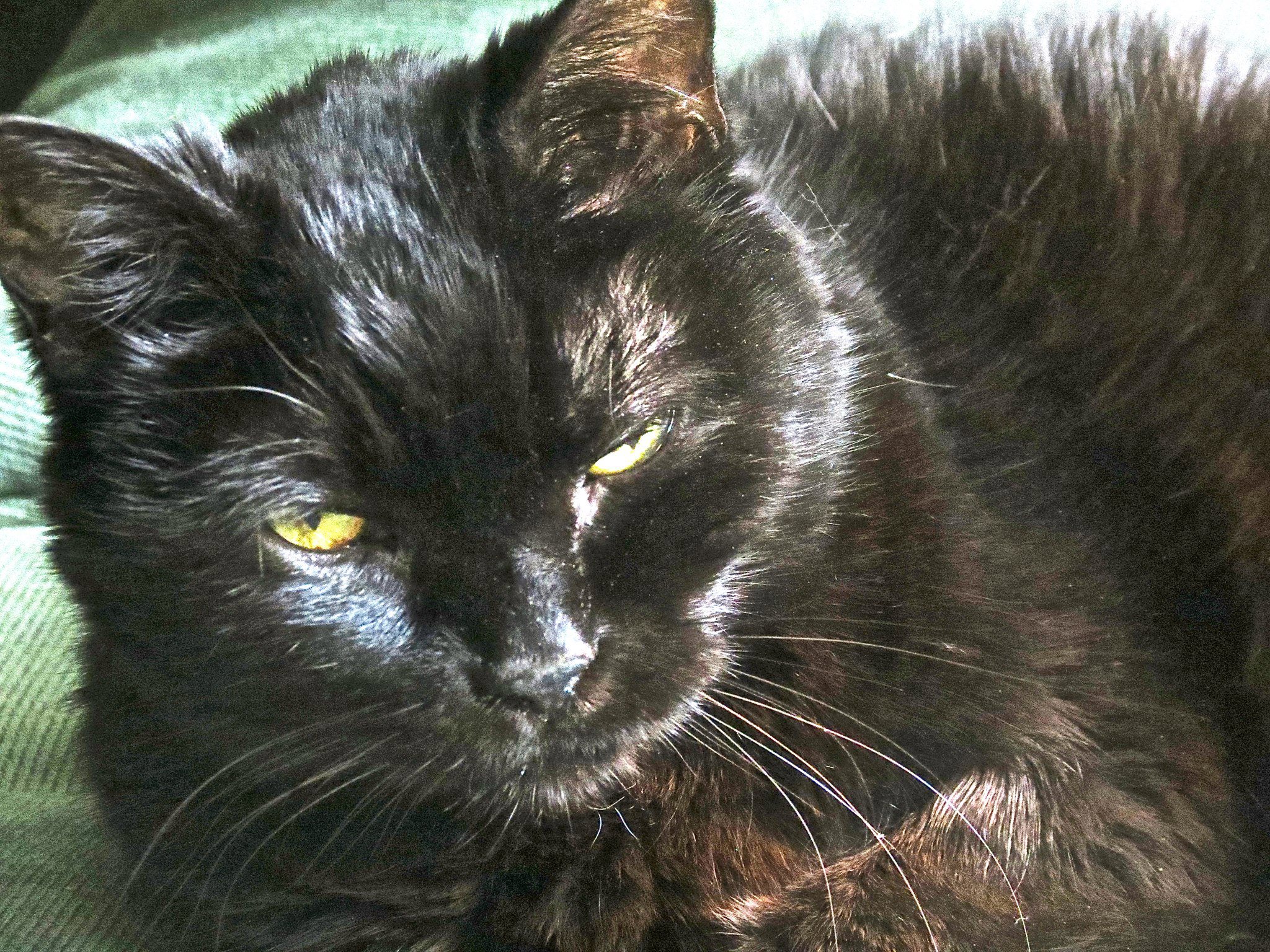Monthly Archives: December 2014
Our Ultimate Guide To Animal Charities–Part 1
Got your holiday shopping finished yet? Maybe one thought for that person on your “hard to buy for” list is to donate on their behalf to an animal charity…
Because it’s that time of year, the other day Dave and I attended an event here in Las Cruces where people were giving donations to a local animal shelter. Even though we had come prepared, as I handed my items to the woman behind the table, I couldn’t help feeling as though I wished we could do so much more. But in this day and age, very few of us can afford to be pet philanthropists, as much as we love animals. And there are so many places in need! How can we know that not only are we donating enough, but that what we give is being used in the best possible way?
Which Are The Best Animal Charities?
Here’s a list we’ve put together of the very best animal charities, both locally and nationally. We have searched in the areas of the majority of our visitors to the site within the last 30 days…as well as found a few more!
ACTion Programs For Animals–Las Cruces, NM
Located in Southern New Mexico since May 2012, they have rescued more than 1245 animals. The majority of these have been dogs and cats/kittens pulled from the local municipal shelter. Among other awesome projects, they distribute pet food to needy local pet owners on a regular basis.
American Humane Association–Washington, DC
Started in 1877, this organization began by bringing to the attention of the American public the abuse of children, and then moved on to animals. They are still going strong, but need the help of pet owners nationwide to continue their good work.
Animal Service Center of the Mesilla Valley–Las Cruces, NM
Begun in a joint venture between the City of Las Cruces and Dona Ana County in 2008, this Southern New Mexico organization exists to give safe shelter to all abandoned, lost or mistreated animals in their area. Among other services, they provide affordable spay/neutering and micro-chipping, and are always in need of donations.
Animal Welfare Institute–Washington, DC
Since 1951, AWI has been working for better treatment of animals in all situations, from the laboratory to the field. They are instrumental in educating the public on humane treatment of animals and wildlife conservation. Make a compassionate donation for animals to AWI this holiday season.
BARCS–Baltimore, MD
Created in July 2005 to take over the operations of the city shelter and to work directly with Baltimore City Animal Control, BARCS takes in homeless, neglected, and unwanted animals. They offer low cost vaccinations of pets, and offer such events as the Bow Wow Meow Luau and Pawject Runway!
Barktown Rescue–Boston, KY
Founded in August 2009 by just two volunteers, this rescue works entirely from foster homes, and does not even have a shelter. Almost all of the dogs they rescue are scheduled to be euthanized before Barktown steps in. You can help not only with donations, but offering to foster if you are in their area.
Best Friends Animal Society–Albuquerque,NM/San Antonio, TX
These no kill shelters rescue and rehabilitate pets abandoned in divorce, after property foreclosure, death in the family, or due to economic or behavioral problems. They work with local shelters in many towns to create initiatives to save pets.
Cherished K9 Rescue–Las Cruces, NM
This is another group that is working hard to help abandoned and lost pets without a shelter, but purely through foster homes. If you live in the greater Las Cruces area, please consider fostering or donating this holiday season.
Cincinnati Pit Crew–Cincinnati, Ohio
This Ohio Valley rescue works very hard to overcome the stigma of breed specific legislation and ensure happy, safe homes for bully breed dogs. Visit their Amazon wishlist to see how you can help.
D.E.L.T.A. Rescue–Glendale, California
D.E.L.T.A. Rescue is the largest “No Kill, Care-for-Life,” Sanctuary of its kind in the world. Founded in 1979, D.E.L.T.A. Rescue has a full-time construction crew on staff to continually expand, repair and fence as more and more rescued animals are brought into the facility.
Dian Fossey Gorilla Fund International–Atlanta, GA
If you’ve ever seen Gorillas In The Mist, then you can appreciate the important work done by these folks promoting continuing research on Africa’s gorillas and their ecosystems. Adopt a gorilla this holiday season and help save other gorillas!
Farm Sanctuary–Watkins Glen, NY
Farm Sanctuary was founded in 1986 to combat the abuses of factory farming and encourage a new awareness and understanding about farm animals. Since then, they’ve been inspiring change and vegan living with compassion.
Friends of Animals–Darien, CT
Since 1957, FoA has been working with animal advocacy issues. They’ve partnered with more than 600 vets in 30 states to lower costs of spay/neuter. They even have their own Wildlife Law Program to assist activists!
Great Dane Rescue of El Paso–El Paso, TX
Want to help dogs while you shop? This rescue is a Community Partner participating with Albertson’s Grocery Stores. Simply keep their card on your keychain to be swiped and you can help these sweet, enormous babies!
Humane Farming Association–San Rafael, CA
Begun in 1985, you can find info here on everything from inhumane treatment of farm animals, to the impact of factory farms on the environment. Its main campaign, though, is the National Veal Boycott.
In Defense of Animals–San Rafael, CA
Founded in 1983 by a vet, their motto is “Fighting Apathy, Building Empathy” for abused animals of all kinds. They work to help prohibit the sale of dogs and cats as food worldwide, as well as promoting responsible research and sustainable activism.
Kentucky Humane Society–Louisville, KY
As a private, non-profit animal welfare agency, they find loving homes for more than 6,000 cats and dogs a year. They also spay or neuter more than 11,000 local cats and dogs during that time.
And can you believe it? We could not fit all the best animal charities we found into one blog post! So watch for part 2 of this article in the next few days, right here on Your Pet Space! 😉
Joy Jones, our Editor In Chief, is a syndicated columnist living with her husband Dave in Las Cruces, New Mexico. When not working on Your Pet Space, she writes a metaphysical column, as well as urban fantasy and humor. You can e-mail her at joy@yourpetspace.info as well as follow her on Facebook.
Book Review: The Call Of The Wild
Re-Reading A Beloved Pet Story
These days when it seems as though reading an actual paper book is a lost art, I’m feeling a wee bit like a schoolchild, writing a review of this classic novella that I first read when I was young. But, on the off chance that some of you out there may never have enjoyed it, here goes…
The Call of the Wild is a novel by Jack London published in 1903. The story is set in the Yukon during the 1890s Klondike Gold Rush—a period when strong sled dogs were in high demand. The novel’s central character is a dog named Buck, a domesticated dog living at a ranch in the Santa Clara valley of California as the story opens. Stolen from his home and sold into service as a sled dog in Alaska, he reverts to a wild state. Buck is forced to fight in order to dominate other dogs in a harsh climate. Eventually he sheds the veneer of civilization, relying on primordial instincts and learned experience to emerge as a leader in the wild.
This, of course,is the book jacket blurb of the story–what I was amazed by as I re-read it, was how much I remembered of the original book. Because of this, I know it affected me deeply. And I suspect that it was the first book I read that made me fall in love with the survival story, as a genre.
Books From The Point Of View Of Animals Always Appeal
Similar to Black Beauty, this story is told from the dog’s point of view. Written in 1903, it is filled with the careless, mostly cruel attitude of the times about animals, and dogs in particular. And yet there are brief, warming passages of kindness, as well. In some places, the outright stupidity of man is heart-breakingly displayed.
A Pet Story About Dogs In A Harsh Climate–In More Ways Than One
As I have mentioned in previous articles, the American Humane Association was originally formed to champion abused and neglected children. However in 1894 (about the time in which The Call Of The Wild is set), they began to speak up about the link between domestic violence and child abuse and that of animals as well. In 1898 they were then instrumental in influencing Congress to pass a bill making it unlawful to dissect live animals in schools. This bill also at that time placed scientists practicing vivisection under supervision of the government. No doubt, being as well read as he was, Jack London was aware of these changes in how people were just beginning to see animals. And this comes through clearly in his writing of John Thornton, an important character to Buck in the story.
Buck is a St. Bernard/Collie mix, a big strapping boy, who easily outweighs the local timber wolves he encounters–and yet Jack London writes the dog’s attitude toward them with a respect and awe that bleeds through as obviously his own. Since he lived most of a year in the Yukon himself, London knew the wildlife and the environment. The character of Buck was based on a real dog London knew, owned by a friend in the Klondike. Likewise, the ranch Buck is stolen from in the story is based on the friend’s family home.
Books From The Point Of View Of Animals Were Not The Norm
When The Call Of the Wild was serialized in the Saturday Evening Post in 1903, London was accused of “attributing unnatural feelings to a dog”. But he was followed later in the 20th century by such greats as Ernest Hemingway and William Faulkner, in his theme of man (or beast, in this case) throwing aside social convention and going back to nature.
A Pet Story That’s Easy To Read
Despite all those literary names, the book is an easy read–most likely due to Jack London’s simple-man writing style. The book was a smash hit from the moment it was published, and has been re-made as a film many times: by D. W. Griffith in 1908; a second silent film was made in 1923. The 1935 version starring Clark Gable and Loretta Young expanded John Thornton’s role and was the first “talkie” to feature the story. The 1972 The Call of the Wild starring Charlton Heston as John Thornton was filmed in Finland.
The Characters Of Dogs In A Harsh Climate
Not satisfied with Buck having a personality supposedly unwarranted in a dog, London also introduces each dog in the book with its own special personality: Spitz, a huge white dog and Buck’s arch-rival, is as treacherous as they come. Dave, a dog described like a Malamute, likes to be left well alone, but loves pulling in the traces. He teaches Buck how to be a sled dog. Curly, a friendly Newfoundland, is Buck’s best dog friend. Billee and Joe, brother Huskies, are as different in temperament as night and day. Sol-leks, an older Husky and rather anti-social, is always hulking in the background. And Pike is the camp thief. Later, a motherly Irish Setter named Skeet is introduced as one of John Thornton’s dogs, along with her sidekick, Nig, a Bloodhound/Deerhound mix. Was this author a dog lover or what?
More Books From The Point Of View Of Animals
If you like survival stories and/or books from the point of view of animals, you may also like: White Fang, also by Jack London (about a wolf-dog with the opposite story of Buck’s, as he moves from being wild to being tamed), The Art Of Racing In The Rain by Garth Stein (about a dog), Black Beauty by Anna Sewell (about a horse), Watership Down (about rabbits), The Plague Dogs and Shardik (about a bear) by Richard Adams, Mrs. Frisby and the Rats of NIMH by Robert C. O’Brien and Warhorse by by Michael Morpurgo.
Today’s Dogs In A Harsh Climate
It’s also interesting to note that even with the advent of snowmobiles, sled dogs are still used today by some rural communities, especially in areas of Alaska and Canada and throughout Greenland. They are also used for recreational purposes: events known as dog sled races, such as the Iditarod and the Yukon Quest. Numerous sled dog breeds are also kept as pets or raised as show dogs.
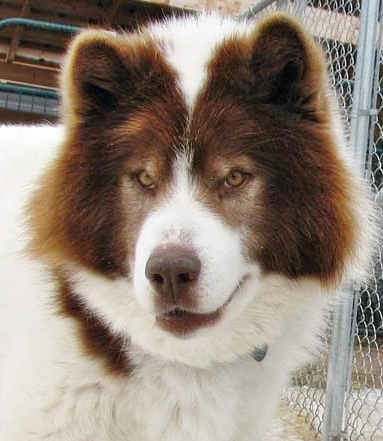
Canadian Eskimo dog, ”GRIZZLY”–photo courtesy of Beverley Arseneau of Arctic Ice Kennels of Canada. http://arcticicekennels.tripod.com/
To learn more about the sled dogs of today, you’ll want to find out about breeds such as the: Alaskan Husky, Alaskan Malamute, Canadian Eskimo Dog, Chinook, Greenland Dog, Samoyed and Siberian Husky. And you might be surprised to know that breeds such as the Poodle, Irish setters, German Short-Haired Pointers, Labrador Retriever, Newfoundland and St. Bernard have also been trained as sled dogs.
A good place to start learning about the dogs of the time is Jack London’s The Call Of The Wild. And even if, like me, you’ve read it before, try it again–I think you’ll be drawn in right away with Buck, the dash of snow against the runners of the sled…and the distant voice of wolves.
![]() Joy Jones, our Editor In Chief, is a syndicated columnist living with her husband Dave in Las Cruces, New Mexico. When not working on Your Pet Space, she writes a metaphysical column, as well as urban fantasy and humor. You can e-mail her at joy@yourpetspace.info as well as follow her on Facebook or Twitter.
Joy Jones, our Editor In Chief, is a syndicated columnist living with her husband Dave in Las Cruces, New Mexico. When not working on Your Pet Space, she writes a metaphysical column, as well as urban fantasy and humor. You can e-mail her at joy@yourpetspace.info as well as follow her on Facebook or Twitter.
Getting Savvy on The Cavy
Guinea Pigs Аs Pets
The fact that they didn’t come from Guinea, but instead are domesticated versions of Andean cavys, doesn’t seem to matter much to most guinea pig owners. These small pets were brought to the west by European traders in the 16th century, and ever since have been highly prized for their lovely coats, calm natures and the ease of caring for them. In fact, guinea pigs are great for small children!
On “Being A Guinea Pig”.
At one time, the cavys were food for the natives in the Andean region of Colombia, Ecuador, Peru, and Bolivia. The Moche people of ancient Peru worshipped animals, and often depicted the guinea pig in their art. Folklore traditions involving guinea pigs are numerous; they are exchanged as gifts, used in customary social and religious ceremonies, and frequently referenced in spoken metaphors. They also play a role in traditional healing rituals by folk doctors, who use the animals to diagnose diseases such as jaundice, rheumatism, arthritis, and typhus. They are rubbed against the bodies of the sick, and are seen as a supernatural medium. Black guinea pigs are considered especially useful for diagnoses. Spanish, Dutch, and English traders brought guinea pigs to Europe, where they quickly became popular as exotic pets among the upper classes and royalty, including Queen Elizabeth I. Experiments have been carried out on guinea pigs ever since the 17th century, mostly on research regarding juvenile diabetes, tuberculosis, scurvy, and pregnancy complications.
And Now For Some Science Fiction Trivia!
Did you know that the Star Trek: The Original Series episode “The Trouble With Tribbles”, written by David Gerrold, was inspired by a short story about guinea pigs called “Pigs Is Pigs” by Ellis Parker Butler? In the story, two guinea pigs at a railway station breed unchecked while humans argue as to whether they are “pigs” or “pets” for the purpose of determining freight charges. So there’s your bit of science fiction trivia for the day!
Guinea Pigs Are Great For Small Children and Small Spaces
Guinea pigs are large rodents, weighing 1-1/2 to 2-1/2 pounds, with an average lifespan of 4-5 years. They can live quite comfortably in a medium cage (30″ x 36″, larger if you have more than one), which makes things very convenient for their owners! They rarely bite, making them an ideal choice for children who are old enough to handle them gently. They enjoy living in groups of two or more; ideally this would mean several females and a single neutered male. More than one male can safely be housed together, providing the cage is large enough. Wire mesh floors are not recommended, as this commonly causes injury and infection. At one time, wood shaving type bedding was the norm, however it is now known to have harmful hydrocarbons. We recommend only hardwood shavings (aspen), shredded paper or corn cob bedding materials. This should be several inches deep and changed twice weekly. Although the cage should be inspected daily with an eye to removing soiled bedding, droppings and stale food. Clean the cage completely once a week by replacing dirty bedding and scrubbing the bottom of the cage with warm water. Then dry everything completely before adding fresh bedding.
It’s not a good idea to keep your cavys in the same cage as other rodents. They may act aggressively toward your guinea pig–or even pass along infections. And be sure you watch your dogs and cats around your cavy–sometimes they can think small pets are food and not friends!
Speaking Of Guinea Pig Foods…
The cavy’s natural food is grass, so timothy hay is good, or you can use special pellets made from timothy. Some alfalfa may also be fed. It’s best to check with your vet on the proportions they recommend. This pet also requires fresh, raw vegetables like broccoli, apple, cabbage, carrot, celery, and spinach on a regular basis, or it may contract scurvy! Luckily, supplements are available if you have a picky eater. Like rabbits, cavys have teeth that continue to grow all their lives, so they need a constant supply of edible chewables; otherwise they may chew on cloth, paper, plastic, and rubber.
There іs а list оf foods tо avoid wіth thеsе furry pets. A number of plants are poisonous to guinea pigs, including bracken, bryony, buttercup, charlock, deadly nightshade, foxglove, hellebore, hemlock, lily of the valley, mayweed, monkshood, privet, ragwort, rhubarb, speedwell, toadflax and wild celery. Also, any plant which grows from a bulb (tulip or onion) is poisonous, as well as ivy and oak tree leaves.
Grooming Your Cavy
Guinea pigs are great for small children also because they can simply use a comb or brush. It’s a good idea to do this weekly. But if you have a long-haired breed of guinea pig, daily is best. Cavys also groom themselves and each other.
Behavior
When frightened, a group of guinea pigs will dart in all directions, squealing or shrieking, and sometimes hop! This is an instinctive reaction, and is intended to confuse predators. Cavys are very vocal in general and make a wide range of sounds: whistling, bubbling, purring, rumbling, chutting or whining. They have been known to whistle when they see their owners–or when they see you bringing them food!
Breeding
It’s important to know that female guinea pigs can become pregnant as early as one month of age (before they are fully adult). The average gestation period is about 65 days. Litters can be anywhere from one to six pups, with an average of three. Unlike most other rodents, baby cavys are almost completely developed at birth. And if you have more than one female, they commonly care for each other’s young.
Health
You’ll want to handle your cavy frequently, not only for good socialization, but also because they can be prone to injury from a variety of causes: typically, hay getting stuck in the throat or eyes. But they can also develop pneumonia (so watch for excessive sneezing.) And they can contract lice and mites. They cannot tolerate excessive heat or cold. And you’ll want to keep them out of drafts. Generally, if you are comfortable, they will be, too. If going out in cold weather with your cavy, just cover the cage with a small blanket. And remember to pre-cool the car before you travel on hot days. Like most prey animals, it is instinctive for the guinea pig to hide pain and distress. Frequent handling will show you how your pet normally responds, so you can quickly detect any changes and make appropriate health care decisions with your vet.
Allergens
Guinea pigs as pets may not be a good idea if you are typically allergic to the dander of hamsters and gerbils, or have asthma. It can take up to 18 months to find relief from allergy medications for these reactions.
Funny Things
Strangely, they are really good at…swimming!
To sum up, guinea pigs are great for small children, especially if you are short on space. They are very interesting, funny little creatures, who should be handled and groomed frequently and gently. We’d love to hear stories of you getting savvy about your cavy! Please drop us a comment and let us know if you have any questions, or just want to send us a pic or two of your guinea pigs.
Joy Jones, our Editor In Chief, is a syndicated columnist living with her husband Dave in Las Cruces, New Mexico. When not working on Your Pet Space, she writes a metaphysical column, as well as urban fantasy and humor. You can e-mail her at joy@yourpetspace.info as well as follow her on Facebook or Twitter.
Goodbye, JellyBean
Saying Goodbye To Our Older Cat
JellyBean sleeps a lot. She eats sparingly and although she can use the bathroom, it’s with great effort. Her little legs are wobbly, like a new fawn’s, but JellyBean is eighteen, and she will not be with us much longer.
My husband and I make sure every day that she has adequate opportunity for food and water. We’ve set out special dishes in strategic places to both assist and entice her. We took an old LL Bean box and made a “handicapped stall” to enable her potty needs, while putting less stress on her weak legs.
On the couch, she head-butts my arm and stares up at me with cloudy eyes. She still wants to be the Queen of Attention. She still wants to be in charge.
When will it be the right time to adopt a pet again?
At one point we were thinking about adopting a new kitten. We agreed that another black cat was the way to go since so many black animals need good homes. We’ve loved our eighteen years with the once perky, but bossy, black JellyBean, and although we could never replace her, we’re thinking about life with pets in the future.
As I watch my beautiful, shiny girl fade away, I long for new life and energy to fill this house. It’s too quiet. I want scampering, climbing and playful mews in the night. I want sandpaper licks and wide, hopeful eyes.
Are we ready yet?
I am confident that a baby animal, (probably a kitten), is out there for us. I’m just not sure where or when he or she will cross our path. When they happen along, my family and I will be willing and quick to welcome the precious life into our circle of people and existing pets.
JellyBean has been more than an eighteen year commitment. She has been an eighteen year blessing, and in a perfect world we would never have to tell her goodbye; only open our hearts to another new love. But the Circle of Life will continue to remind us that as one pet door closes, another one will eventually open, and we will know…
We’ll just know.
![]() Editor’s note: this blog post was penned in July of this year. Sadly, JellyBean has passed over the Rainbow Bridge. However in August, the author felt it was the right time to adopt a pet again–so please allow me to introduce you to…Apple!
Editor’s note: this blog post was penned in July of this year. Sadly, JellyBean has passed over the Rainbow Bridge. However in August, the author felt it was the right time to adopt a pet again–so please allow me to introduce you to…Apple!
Paige Adams Strickland, our Adoptions Editor, is the author of, Akin to the Truth: A Memoir of Adoption and Identity. She is a Spanish teacher in Cincinnati, Ohio and is married with two daughters and a son-in-law. She has owned both cats and dogs but currently has four cats. You can contact Paige at adoptions@yourpetspace.info. Her book blog is www.akintothetruth.squarespace.com, and she welcomes visits and comments there. Her book is available on iPad, Kindle and as a print version here.




